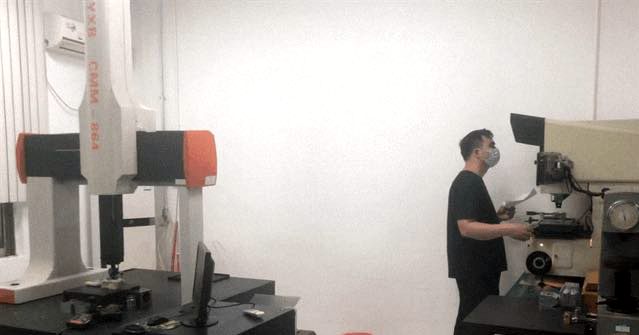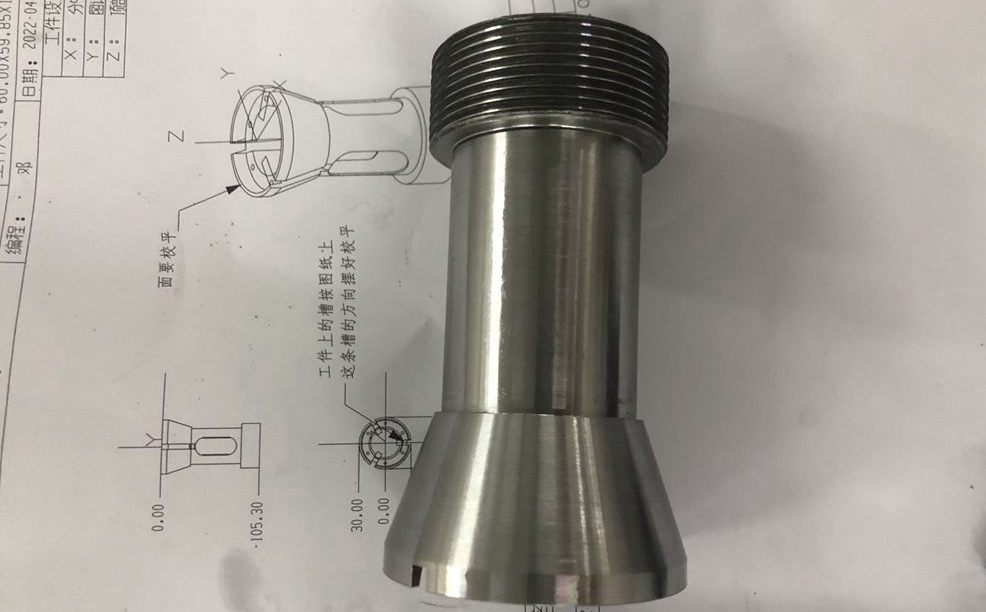
Precision machined parts are mainly used in automation, fixtures, assembly lines, etc. Most orders are one off production as well as requiring tight tolerances and stringent surface finishing. Consequently, these also require us to specially treat and optimize our process while ensuring product quality. Let's share several tips we have summarized in the production of single-piece parts in the past decade.

Management Improvement
1. Independent quotation engineers for one off parts.
It is the survival condition of the machine shop to create value and save costs for customers constantly. We will not be able to get orders and maintain a beneficial supply relationship without a competitive price. In the beginning, our customers were rather unsatisfied with the single-piece quote because it is unreasonably quoted by the same people. Moreover, the production process is quite different from batch parts, therefore we need quotation engineers who are an expert in one off production.
2. Highly skilled and experienced machinist.
Many companies do not pay attention to single-piece orders as they do not make as much money as batch or mass orders, eventually course to customer complaints or even termination of cooperation. However, one-off production has required expert machinists to ensure the quality of the parts, otherwise, it will lose money if a few parts are scrapped. Instead, mass parts mainly rely on fixtures to ensure product quality. most employees can operate it as long as the program has been set up.
3. Optimizing the quality control process.
The quality management of batch or mass production has to be carefully implemented and refined according to the ISO system. However, single-piece orders are required more flexibility. The cost and time are unacceptable if we completely copy the ISO process like QC spot check, CPK, sample retention, and other methods. Based on our experience, requiring process inspection by machinists and a 100% dimensional and visual inspection before shipping is appropriate and enough.

Technique Improvement
1. Selecting machining benchmark correctly.
when we choose a reasonable benchmark, it could ensure position tolerance and surface accuracy, facilitate the processing of the part, and reduce the processing cost. For instance:
• To establish auxiliary datums for the workpieces when we do not have a suitable machining datum, afterward remove it if the workpiece is processed.
• Selecting the mutual datums for grinding when the parts require tight-surface position accuracy with a quite small machining allowance. Anyway, that is difficult for the general grinding to guarantee flatness.
2. Selecting the machining method reasonably.
We usually use the way of tolerance configuration when the parts require a high tolerance level in single-piece or batch production. Tolerance configuration refers to that one part being machined first, then the tolerance of another part is configured according to the processed-part dimensions. This way can ensure the parts fit, be easier to machine and reduce the scrap rate of parts.

As a supplier of customized parts, it is essential to have superb single-piece processing capabilities. Meanwhile, it is also extremely important to maintain competitive prices to save customers' costs.